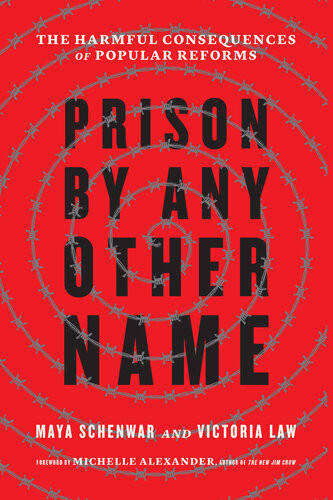

Most ebook files are in PDF format, so you can easily read them using various software such as Foxit Reader or directly on the Google Chrome browser.
Some ebook files are released by publishers in other formats such as .awz, .mobi, .epub, .fb2, etc. You may need to install specific software to read these formats on mobile/PC, such as Calibre.
Please read the tutorial at this link: https://ebookbell.com/faq
We offer FREE conversion to the popular formats you request; however, this may take some time. Therefore, right after payment, please email us, and we will try to provide the service as quickly as possible.
For some exceptional file formats or broken links (if any), please refrain from opening any disputes. Instead, email us first, and we will try to assist within a maximum of 6 hours.
EbookBell Team

5.0
80 reviews“But what does it mean—really—to celebrate reforms that convert your home into your prison?” — Michelle Alexander, from the foreword
Electronic monitoring. Locked-down drug treatment centers. House arrest. Mandated psychiatric treatment. Data-driven surveillance. Extended probation. These are some of the key alternatives held up as cost-effective substitutes for jails & prisons. But many of these so-called reforms actually widen the net, weaving in new strands of punishment & control, & bringing new populations, who would not otherwise have been subject to imprisonment, under physical control by the state.
As mainstream public opinion has begun to turn against mass incarceration, political figures on both sides of the spectrum are pushing for reform. But—though they’re promoted as steps to confront high rates of imprisonment—many of these measures are transforming our homes & communities into prisons instead.
In Prison by Any Other Name, activist journalists Maya Schenwar & Victoria Law reveal the way the kinder, gentler narrative of reform can obscure agendas of social control & challenge us to question the ways we replicate the status quo when pursuing change. A foreword by Michelle Alexander situates the book in the context of criminal justice reform conversations. Finally, the book offers a bolder vision for truly alternative justice practices.